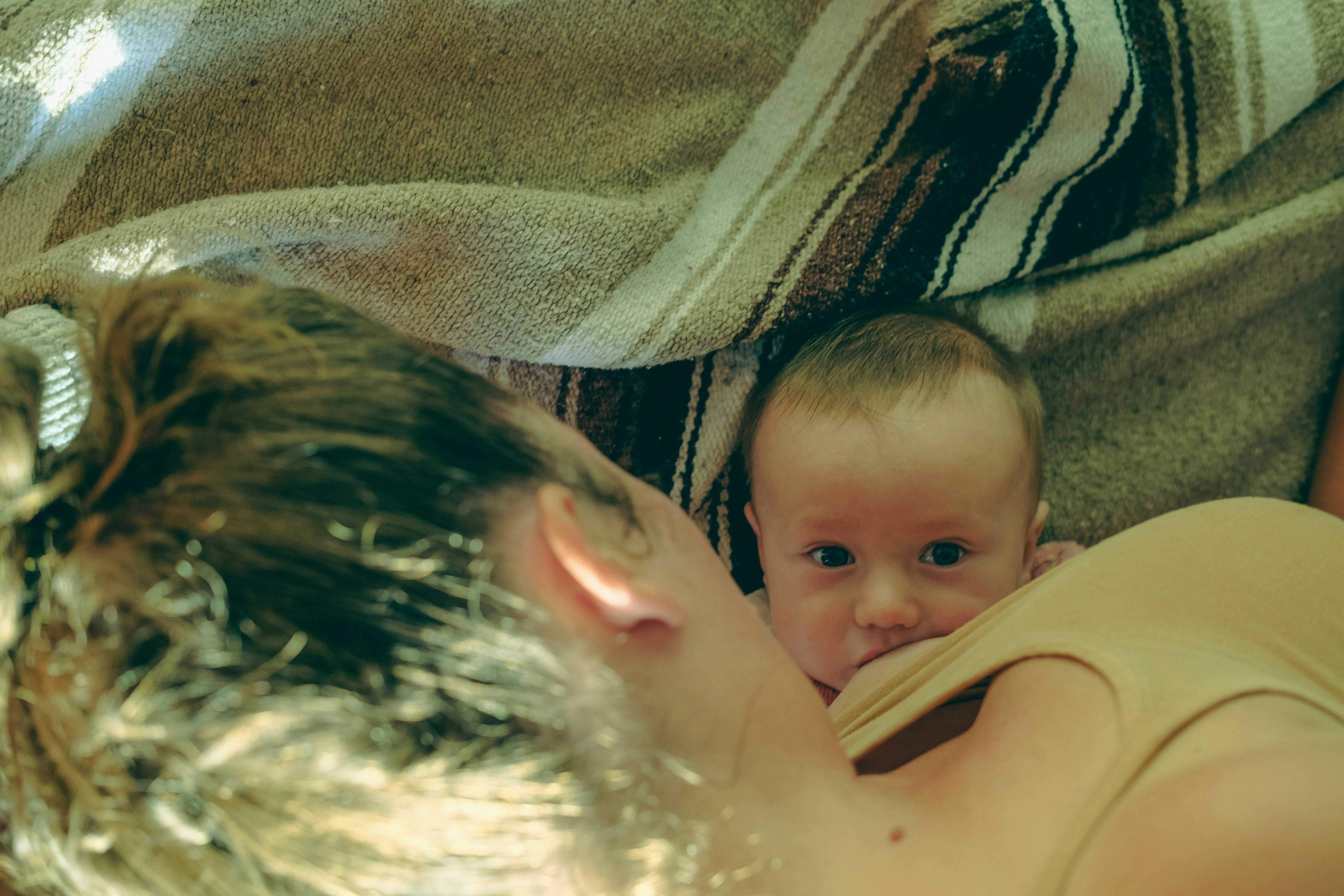
By Rachel McDonald, the Australian Science Media Centre
A Chinese study has detected nanoparticles in 42 of 53 breastmilk samples from nursing mothers, raising questions about the types of environmental pollutants that are getting into breastmilk and whether they come with safety risks.
Nanoparticles are tiny particles ranging from 1-100 nanometres in size, and to put that in perspective, one nanometer is tiny; it is about as long as your fingernail grows in one second. The researchers say recent developments in nanotechnology have led to increased contamination by these particles. While the authors say there is evidence for some nanoparticles causing health problems if they get into the wrong parts of the human body, their potential impact on breastmilk has not been closely examined.
Professor Tamara Galloway, Professor of Ecotoxicology at the University of Exeter, told the UK SMC this week that the ability of nanoparticles to enter the human body and move around through different tissues and locations has been well established.
"For example, micro and nanoplastics, carbon black (an air pollutant linked to traffic fumes) and other metals have been found both in human tissues and breast milk," Prof Galloway said.
"Mostly, the concentrations of nanoparticles found in the body are very small and there is no indication that they lead to adverse health effects at these concentrations."
In a second part of the study, the researchers created nanoparticles and administered them to mice to investigate how they travelled through the body and how they might get into milk.
Prof Galloway said this part of the study was helpful in understanding the routes nanoparticles can take and how different nanoparticle properties can change how they are taken up.
“The real world implications of this paper are in offering a more in-depth characterisation of the particles themselves, including their shapes, sizes and surface charge. The combined approach of human and animal studies, allowed the authors to firstly identify the most abundant nanoparticles in breast milk (silicon) and then to explore how they got there, a good illustration of the ‘One Health’ approach," she said.
Chemistry Professor Oliver Jones from RMIT told the UK SMC that investigating the passage of nanoparticles in mice had its limitations.
"While this sort of experiment has its use, the keywords are 'in mice'. Mice are not mini-humans, and lab-made nanoparticles, as well as the amounts they used, may not accurately reflect what is found in the environment. The results, while interesting, are thus not directly comparable." Prof Jones said.
He said the human breastmilk samples also all came from China and so may not be comparable to the rest of the world.
"The other thing to remember is that detection by itself does not mean much. Today’s analytical equipment is so sensitive that we can detect almost anything anywhere. However, just because something may be present in tiny amounts does not mean it is causing harm," he said.
From what we do know about nanoparticles, Prof Jones said ingesting nanoparticles, like an infant might by drinking breastmilk, is less likely to lead to the nanoparticles entering the body than if they were inhaled into the lungs as the intestinal tract is relatively well-controlled.
"It is quite possible that ingested nanoparticles pass through and so don’t cause any effect."
“In short, while particulate pollution is a real problem that should be studied, I don’t think we need to panic over nanoparticles in milk just yet.”
You can read the full UK SMC expert reaction here
This article originally appeared in Science Deadline, a weekly newsletter from the AusSMC. You are free to republish this story, in full, with appropriate credit.
Contact: Rachel McDonald
Phone: +61 8 7120 8666
Email: info@smc.org.au